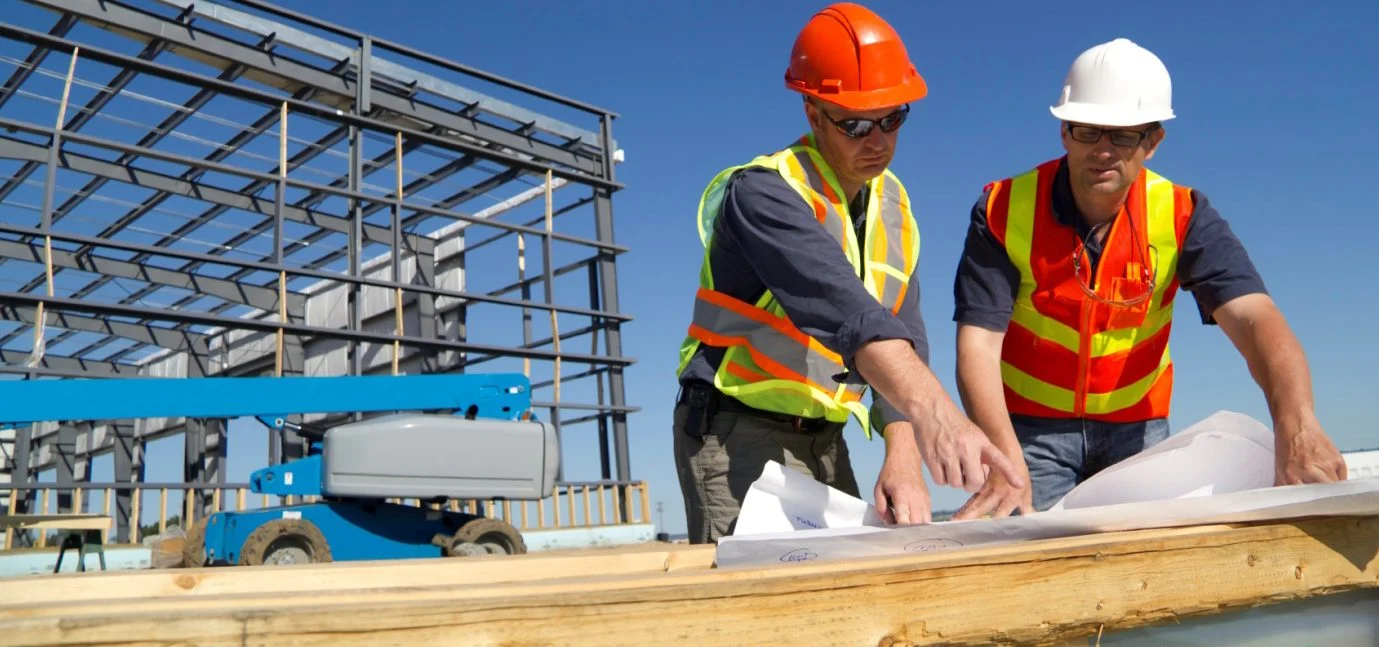It should be noted that the commercial construction project is a large system where multiple parties and participants are involved. Some of the main challenges of commercial construction projects include ensuring the timely completion of a project and budgetary control, which are two reasons why efficient project management is essential in commercial construction. In its simplest form, commercial construction firms can do things right, thereby avoiding or minimizing the waste of resources when designing drafting projects.
Careful Planning and Scheduling
Yet another crucial factor in the best practices for project management is adequate time spent planning and scheduling during the project’s initial phase. Projects should start with setting out the specific work, a breakdown of tasks and subtasks, the project calendar, and resource allocation. The calendar should reflect the most important events, and the work should be completed by the end date, but with some leeway for setbacks. This phase also involves estimating costs, organizing the contract and purchasing processes, and synchronizing the subcontractors. It is used to avoid confusion and undue time wastage at one development point for a construction project.
Collaborative Design Process
This includes Structural Steel Detailing Services architects, engineers, contractors, and owners of commercial buildings. Thus, an integrated design process (IDP) is suggested. IDP ensures all the parties involved start from the same point; hence, they do not work in isolation as they are usually assumed to. When the architect, engineers, and contractors integrate their design, select equipment and materials, and evaluate the plan for constructability on time, expensive change orders do not come later. IDP leads to a better building with fewer disputes for the owner, which is the study’s outcome.
Proactive Communication Processes
Therefore, there should be a clear communication channel between the owner, the contractors, the architectural firm, the subcontractors, and other vendors to ensure that the flow of work is smooth during project delivery. Communication should also be aligned in the project through specific procedures such as status update meetings, emails, document sharing, and electronic management information systems. Communication plans produce effective results, misunderstandings do not occur, and challenges are identified at the initial stages.
Careful Change Management
There are times when certain aspects of construction may be affected by changes in the scope and design. It is not the occurrence of those changes that impact the project schedule and budget but how the firms deal with them. Managers of projects should have standard methods and policies regarding change in which the changes should be recorded, evaluated for their impact, approved by the owner, and then implemented in a planned process. This way, it is possible to avoid various unpleasant surprises appearing out of the blue within the change management process framework.
Stringent controls and surveillance on cost and expenses
Cost estimates of construction projects can be easily blown out of proportion, making it important to check the project’s financial aspect. Some of the cost control best practices are as follows: Cost estimating, actual cost monitoring against the cost estimates, internal audits, external audits of vendor invoices, and working systems to identify potential control failures that cause overruns. PMs should detect these situations promptly, secure owners’ sign-offs on change requests, and look for ways to mitigate such incidences, such as through contract negotiations with vendors.
Embracing New Technologies
The construction industry is slowly embracing innovation, starting with smart installations in buildings and moving to construction technologies such as drones, virtual/augmented reality, and project management tools. ADVANCE management implementing new technologies to make operations efficient and less costly. The project manager’s role is to assess available technologies relevant to each phase of constructed work and incorporate those delivering the highest ROI.
Investing in Employee Training
In this respect, the efficiency and productivity of a construction project are largely determined by the contractors staffing a given team. In essence, if Framing Estimating Services firms can invest heavily in training and developing their employees in aspects of project management, then they can be assured of project excellence. Training also facilitates the implementation of the organizational best practices for new employees.
Conclusion
In other words, despite the increasing building project complexity, commercial construction firms can perform well when delivering projects on time and within budget by focusing on pre-planning, integrated design, early communication, strict cost and change control, innovation management, and developing skilled human capital. The management of the project might sound very boring and unnecessary, but when a project is in the construction process, robust processes lead to a drastic reduction of risk. Establishing such operational excellence solutions across construction companies’ project spectrum is crucial and will define their future performances.
